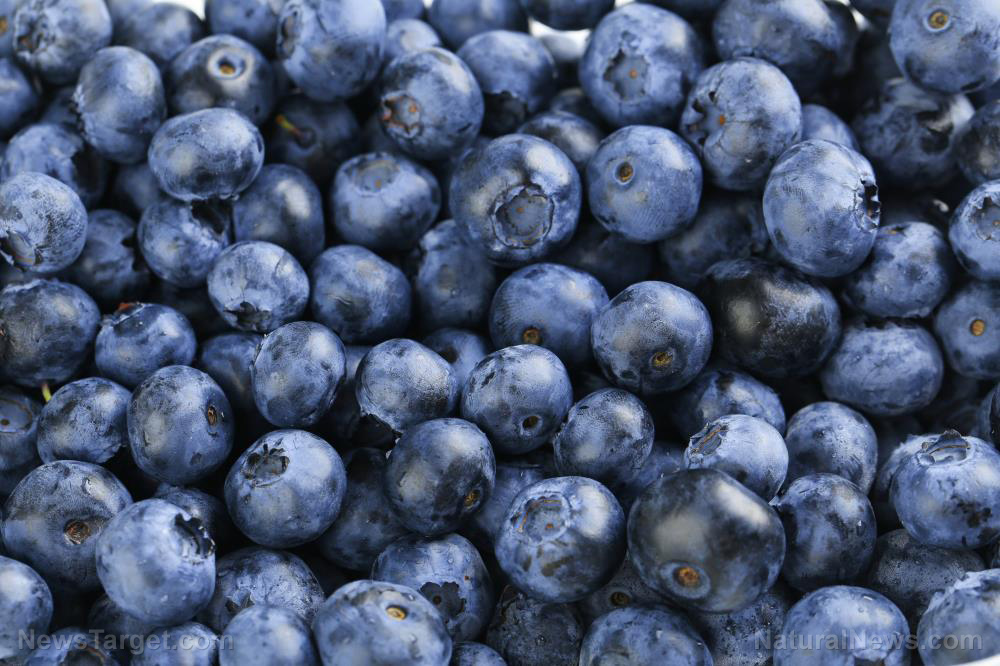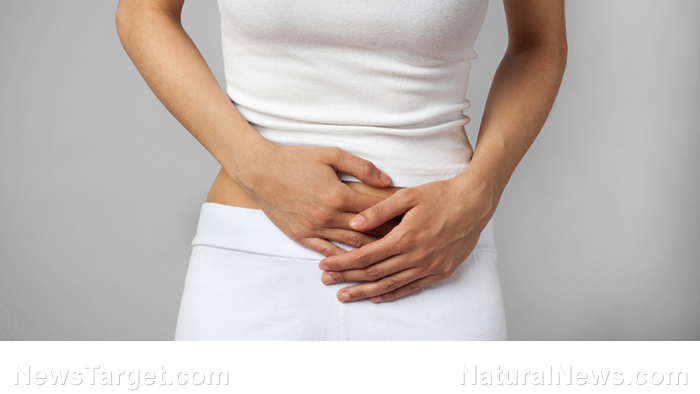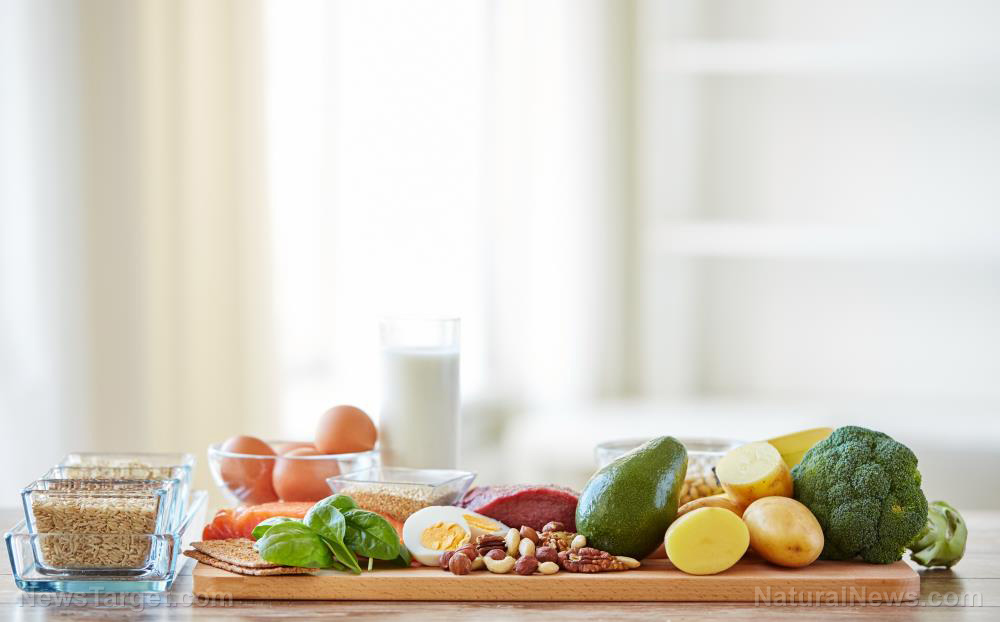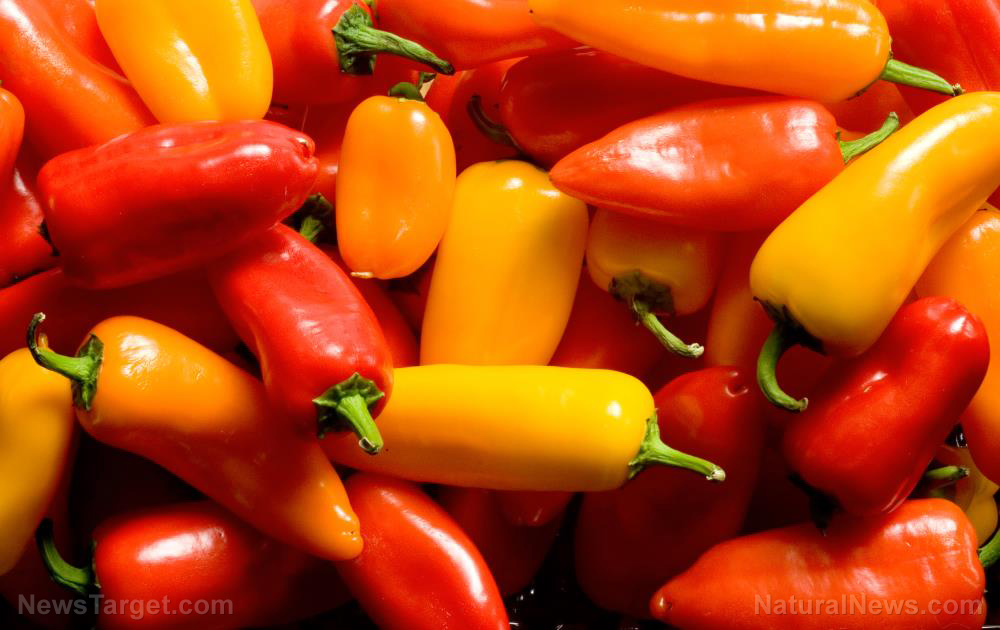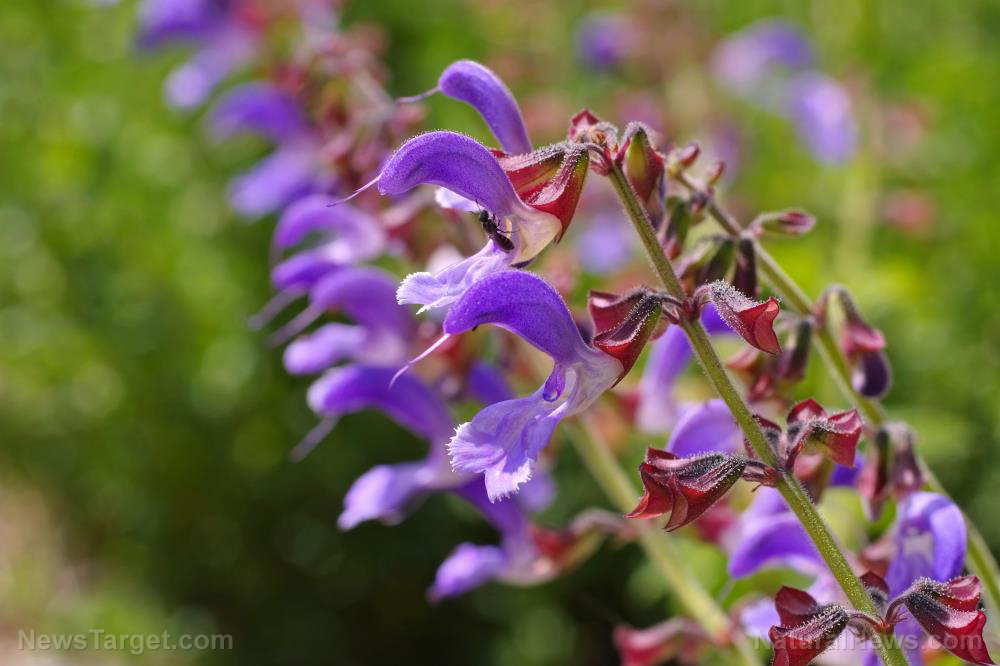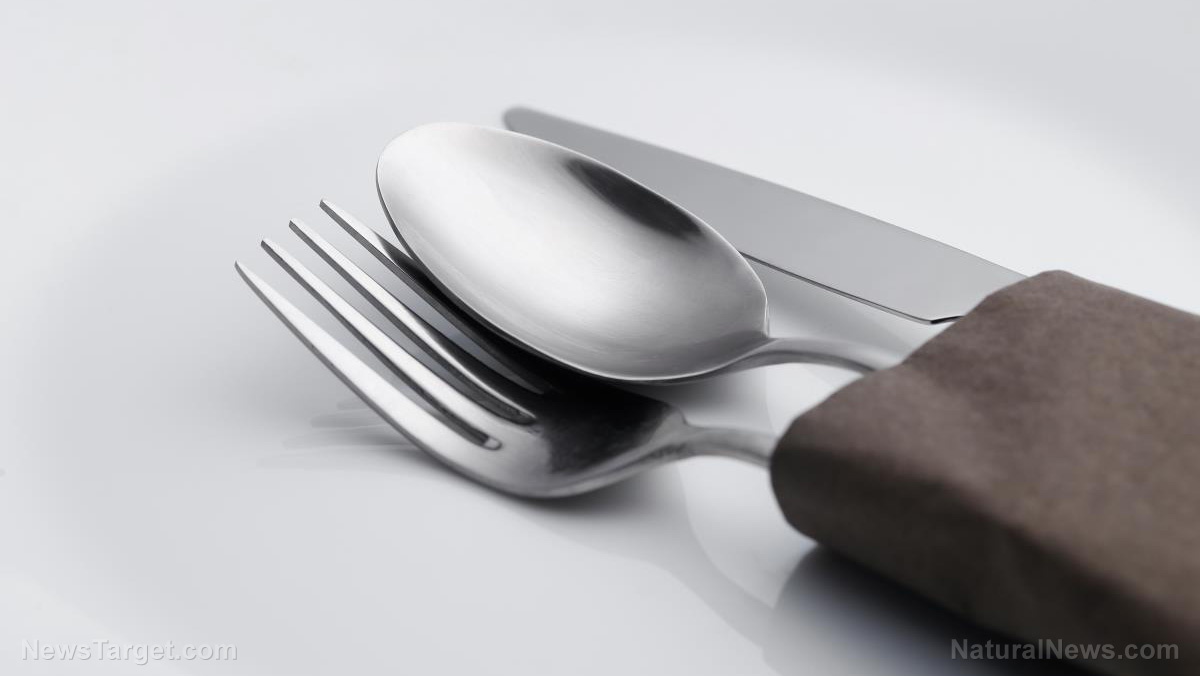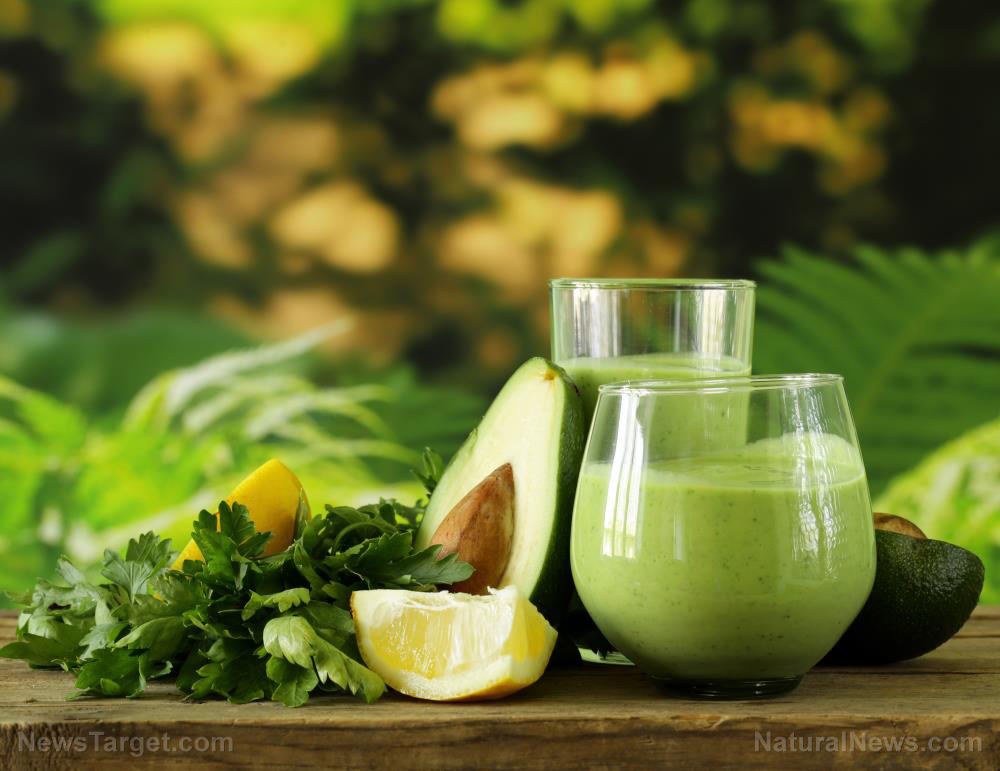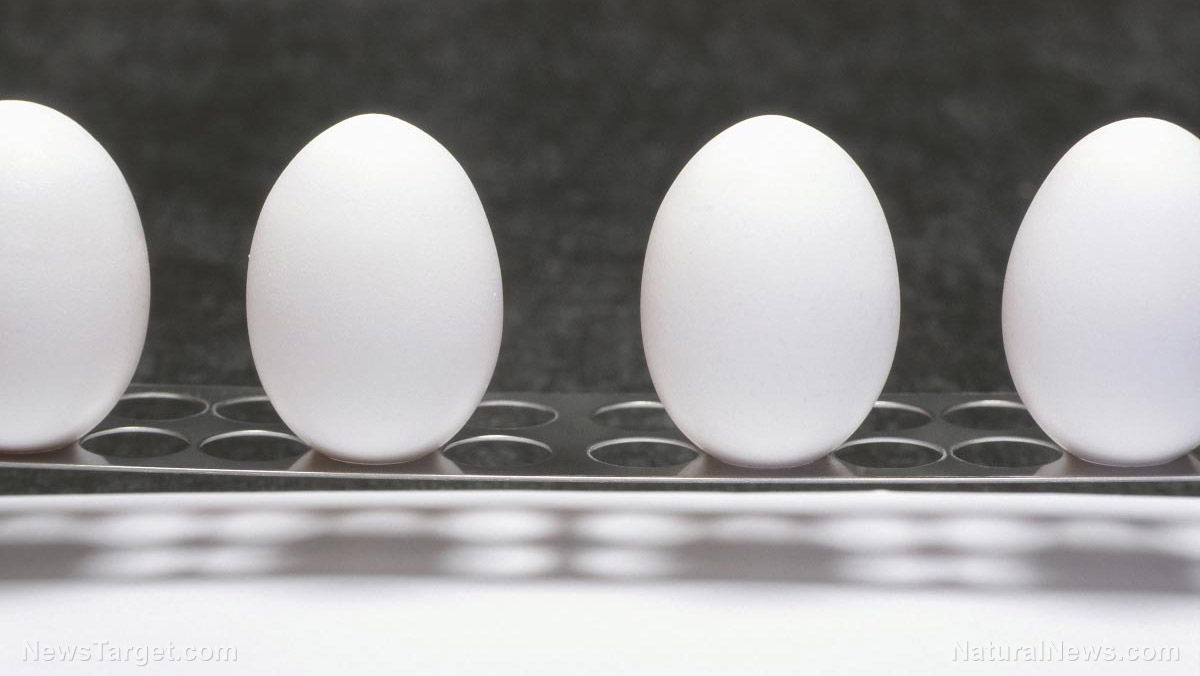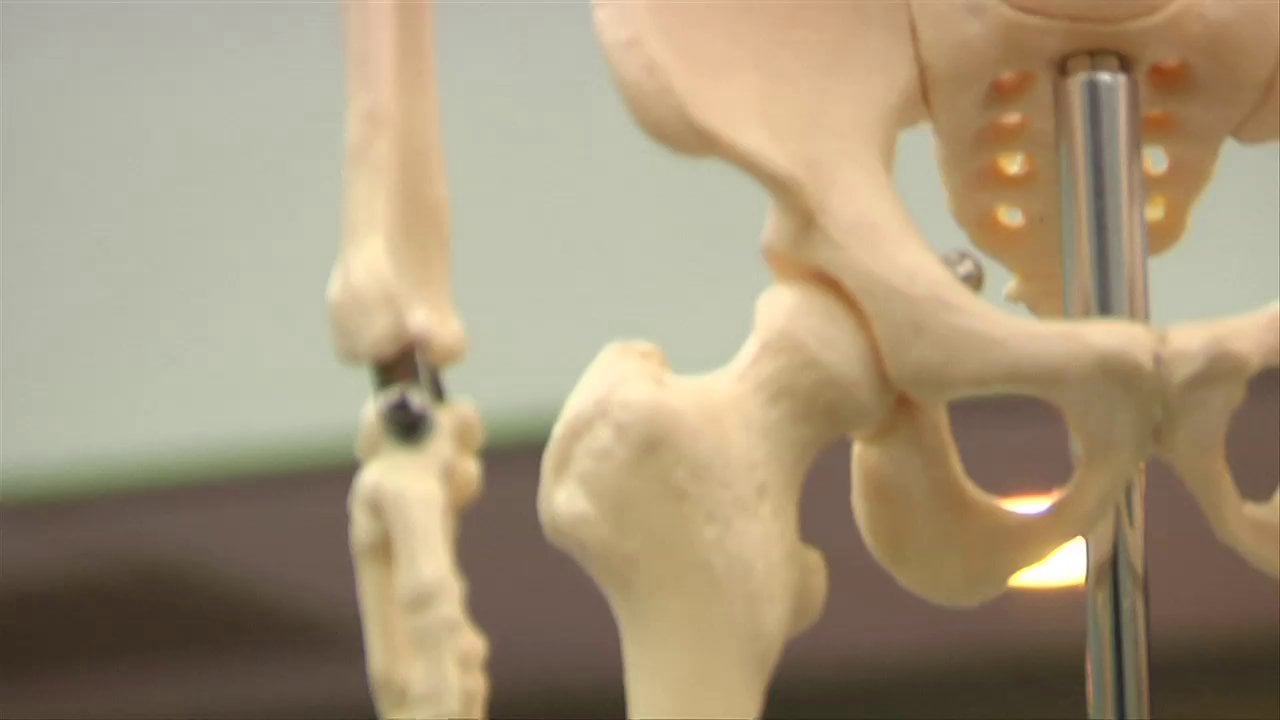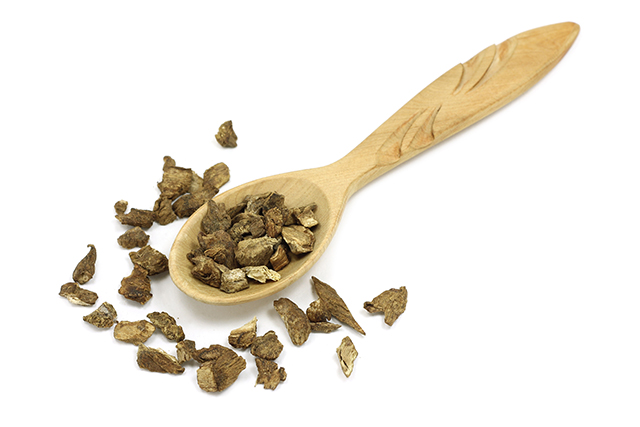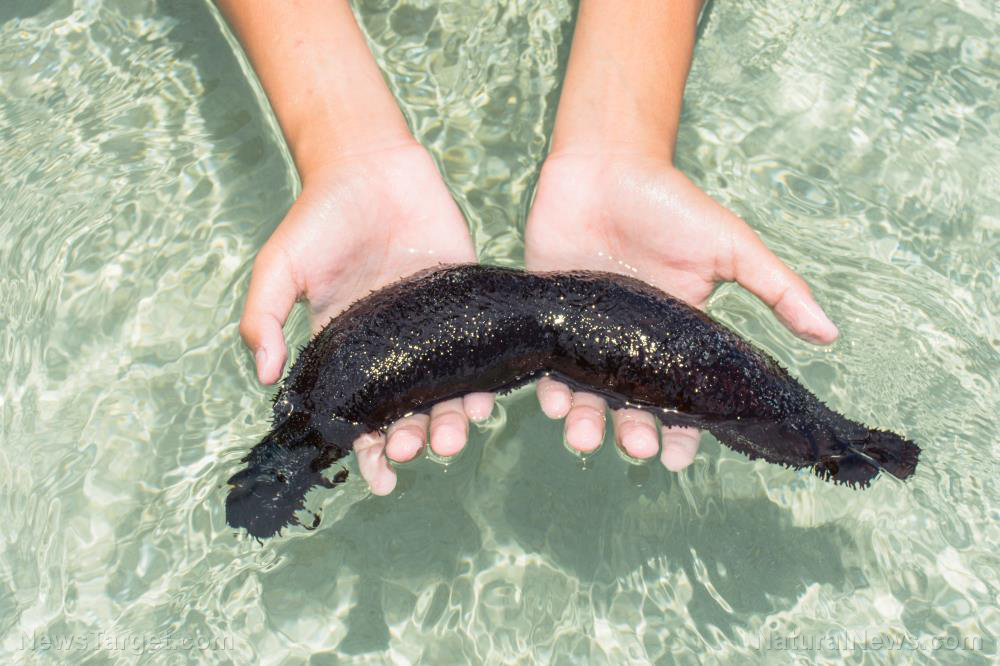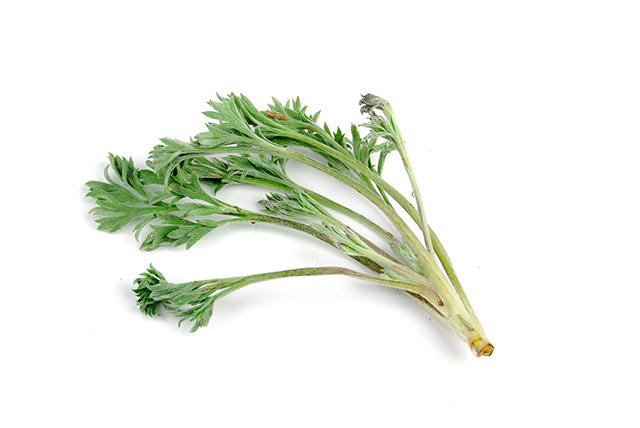Lipopolysaccharide-induced inflammation inhibited by astragalus saponins
06/21/2019 / By Michelle Simmons
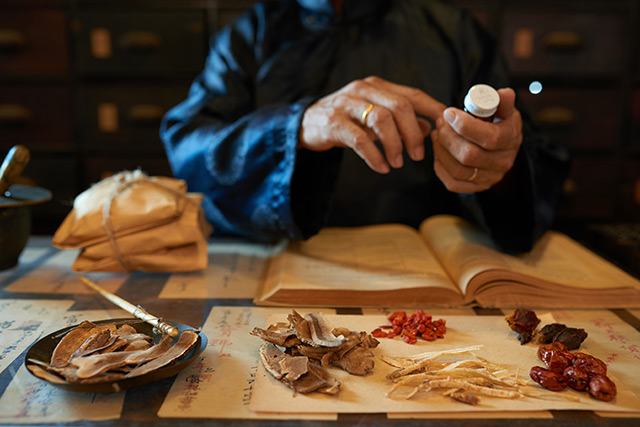
Researchers from Hong Kong Baptist University examined the ability of astragalus (huang qi) saponins to inhibit inflammation. They published their results in The American Journal of Chinese Medicine.
- Excessive nitric oxide (NO) and pro-inflammatory cytokines are produced during the progression of inflammatory diseases and cancer.
- Astragalus saponins are known to inhibit inflammation.
- In this study, the researchers found that astragalus saponins suppressed lipopolysaccharide (LPS)-induced generation of NO without causing cytotoxicity in the mouse macrophage RAW264.7.
- It also consistently decreased the gene and protein overexpression of inducible NO synthase (iNOS), as well as the production of tumor necrosis factor-alpha induced by LPS.
- In addition, astragalus saponins also suppressed the phosphorylation of p38 mitogen-activated protein kinase (MAPK) and inhibited nuclear factor kappaB (NF-kB) activation and the associated IkBa degradation.
- Furthermore, astragalus saponins inhibited the growth of promyelocytic could HL-60 cells and T-lymphocyte leukemic Jurkat cells without affecting normal human peripheral blood mononuclear cells (PBMC).
- Importantly, astragalus saponins can reverse the hematologic side effects of current chemotherapeutic agents such as the chemotherapeutic drug 5-FU, which reduces white blood cell count and decreased hematocrit.
- In sum, astragalus saponins can inhibit LPS-induced inflammatory responses by regulating p38 MAPK signaling and suppressing NO and cytokine release.
The researchers concluded that astragalus saponins can be used in the treatment of inflammatory diseases and inflammation-induced tumor development.
Learn more about astragalus and other traditional Chinese medicines at ChineseMedicine.news.
Journal Reference:
Wang Y, Ren T, Zheng L, Chen H, Ko JK, Auyeung KK. ASTRAGALUS SAPONINS INHIBITS LIPOPOLYSACCHARIDE-INDUCED INFLAMMATION IN MOUSE MACROPHAGES. The American Journal of Chinese Medicine. 25 April 2016; 44(2): 579-593. DOI: 10.1142/s0192415x16500324
Tagged Under: alternative medicine, anti-inflammatory, astragalus, Astragalus membranaceus, disease treatments, herbal medicine, Herbs, huang qi, inflammation, inflammatory diseases, leukemia, lipopolysaccharide, natural cures, natural medicine, nitric oxide, prevention, remedies, research, saponins, TCM, traditional Chinese medicine, tumor



